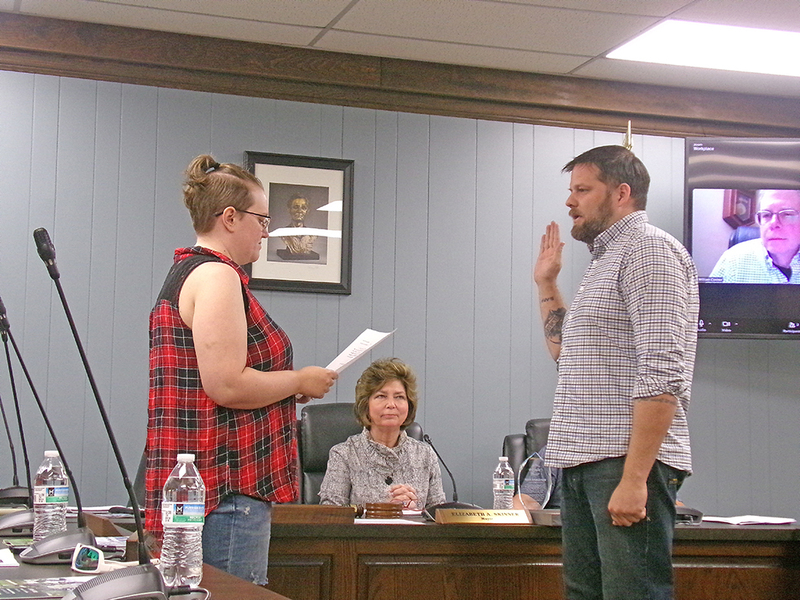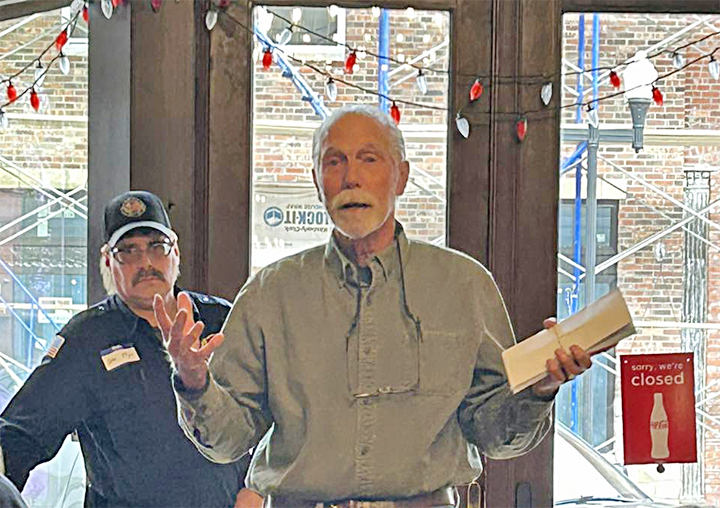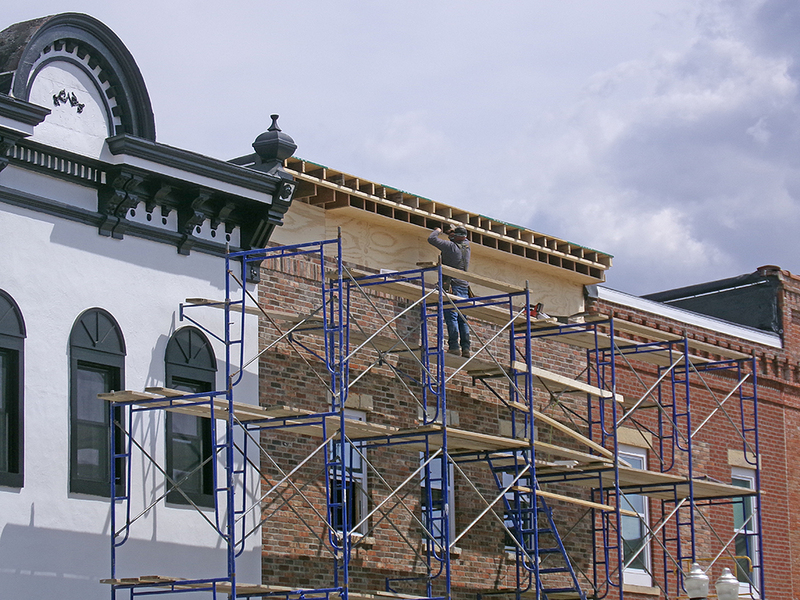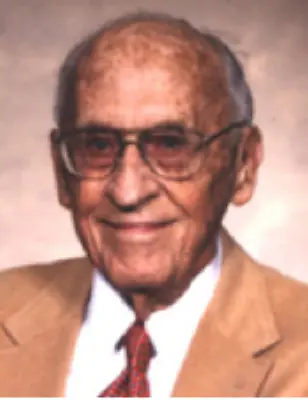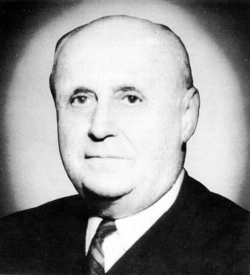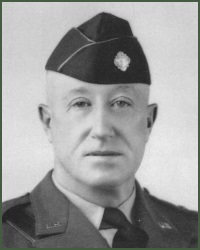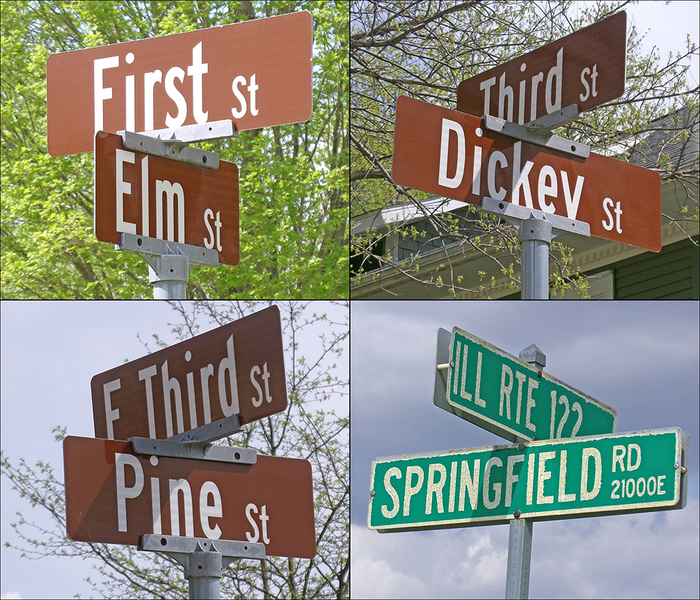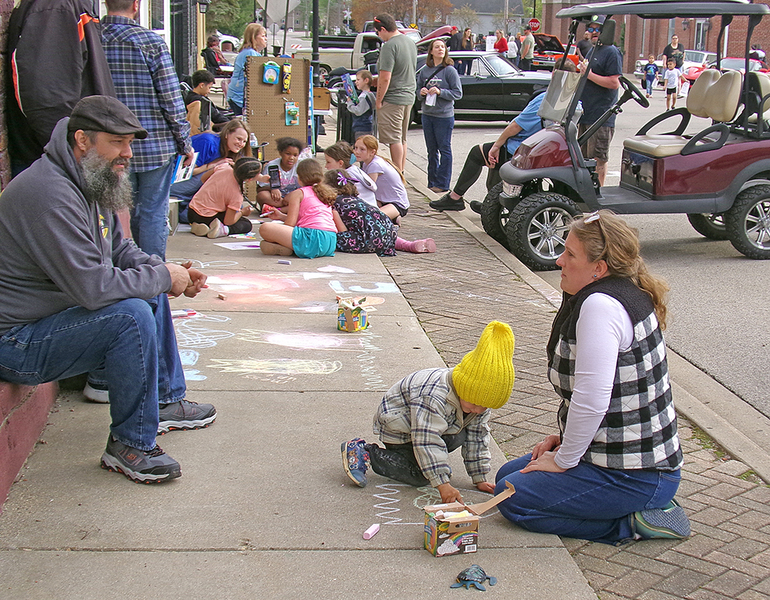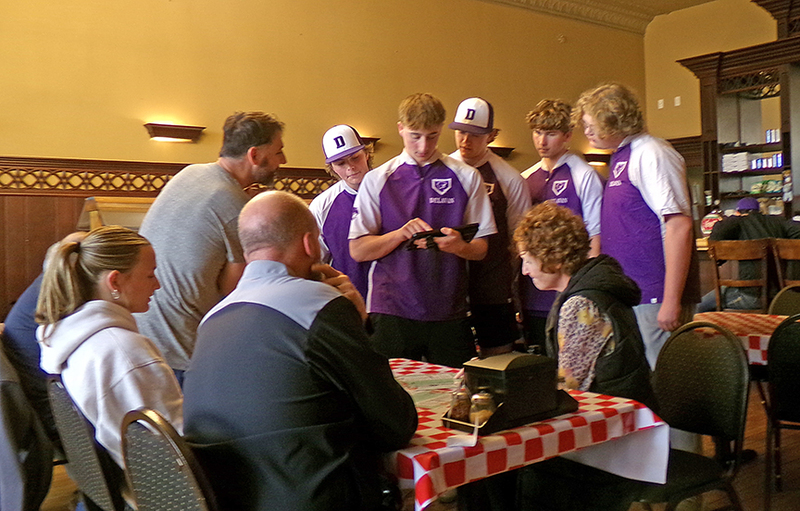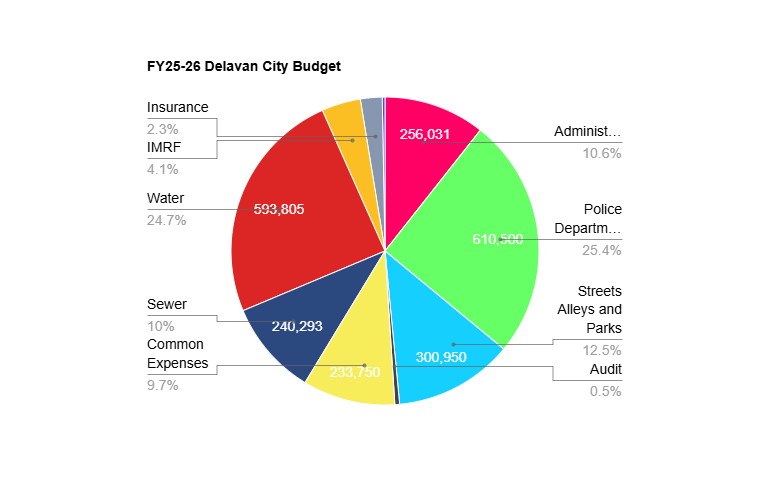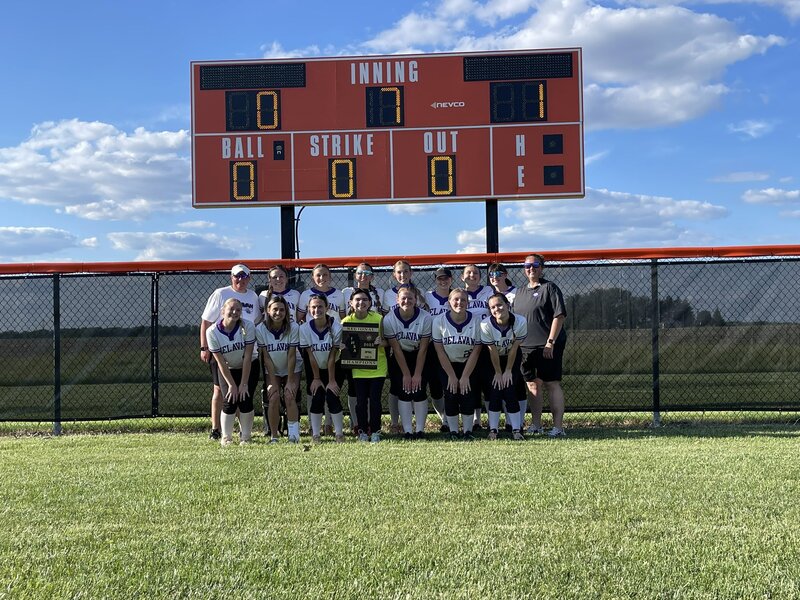A Day of Remembrance
The History of Memorial Day
By Robert Fang
Published: May 26, 2025
Every year on the last Monday of May, Americans come together to honor the men and women who made the ultimate sacrifice in service to their country. Memorial Day, originally known as Decoration Day, has a long and storied history, evolving from a solemn commemoration of Civil War soldiers to a national holiday recognizing all military personnel who have died in service.
Origins in the Civil War
The roots of Memorial Day stretch back to the aftermath of the Civil War, the deadliest conflict in American history. With over 600,000 lives lost, communities across the country sought ways to honor the fallen. In the late 1860s, various towns and cities began holding springtime tributes, decorating soldiers’ graves with flowers and reciting prayers.
While many communities independently established their own remembrance traditions, Waterloo, New York, is often credited with officially starting Memorial Day. In 1866, the town held a ceremony in which businesses closed, and residents decorated graves with flowers and flags. This tradition gained traction in other states, forming the foundation of the holiday.
The Role of General John A. Logan
In 1868, General John A. Logan, the leader of a Union veterans’ organization known as the Grand Army of the Republic (GAR), played a pivotal role in formalizing the holiday. Logan issued an order setting aside May 30 as a day for decorating the graves of fallen soldiers, calling it "Decoration Day." The first national observance took place that year at Arlington National Cemetery, where both Union and Confederate soldiers were honored.
Expansion Beyond the Civil War
For decades, Decoration Day primarily honored those who had died during the Civil War. However, as the United States engaged in conflicts such as World War I and World War II, the day evolved to commemorate all military personnel who had lost their lives in service.
In 1967, the holiday was officially renamed “Memorial Day” to better reflect its broader purpose. Then, in 1968, Congress passed the Uniform Monday Holiday Act, moving Memorial Day to the last Monday in May to create a three-day weekend for Americans. This change took effect in 1971, solidifying Memorial Day as a federal holiday.
Modern Traditions and Observances
Today, Memorial Day is marked by a range of traditions. In addition to the solemn visits to cemeteries and memorials, many communities hold parades featuring veterans, active-duty military personnel, and patriotic displays. The National Memorial Day Concert, broadcast from the U.S. Capitol, serves as a poignant tribute to fallen heroes.
One of the most revered traditions is the moment of remembrance, observed at 3 p.m. local time. Americans pause for one minute to reflect on the sacrifices made by those in uniform.
Balancing Reflection and Celebration
While Memorial Day is a day of remembrance, it is also widely seen as the unofficial start of summer. Many families take advantage of the long weekend for barbecues, outdoor activities, and travel. However, veterans’ organizations and military families continuously emphasize the importance of keeping the day’s true meaning at the forefront.
Continuing the Legacy
As Memorial Day continues to evolve, its central message remains unchanged: honoring and remembering those who gave their lives to protect the freedoms Americans cherish. While the ways in which people commemorate the holiday may shift over time, the act of remembrance remains a fundamental part of the nation's identity.
Whether through attending a memorial service, laying flowers at a gravesite, or simply taking a moment of silence, Memorial Day serves as a solemn reminder that freedom comes at a price—one paid by those who never returned home.

A Day of Remembrance
The History of Memorial Day
Every year on the last Monday of May, Americans come together to honor the men and women who made the ultimate sacrifice in service to their country. Memorial Day, originally known as Decoration Day, has a long and storied history, evolving from a solemn commemoration of Civil War soldiers to a national holiday recognizing all military personnel who have died in service.

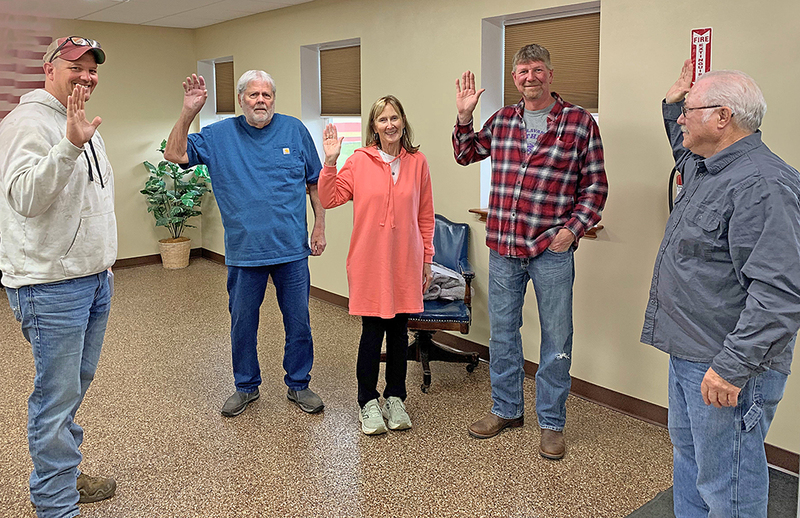


![A mugshot of Wallace Robert McCreary of Peoria from 2021. [Courtesy of arrests.org]](https://mailnewsgroup.com/img/0365/0365274.jpg)
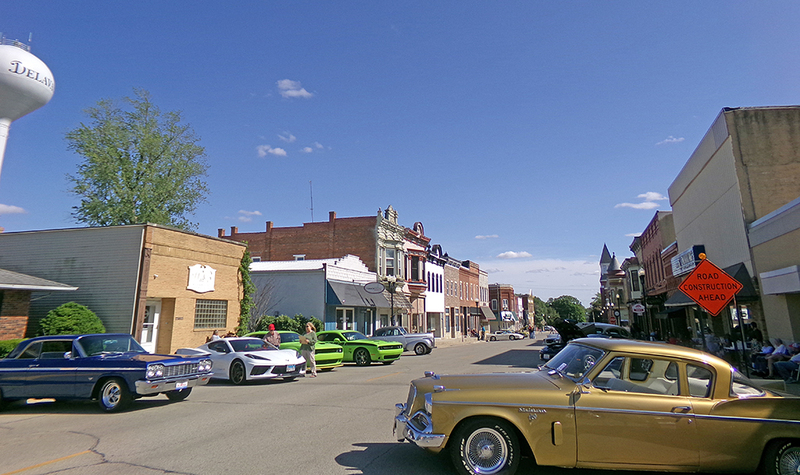
![Andy Schimpf, operations manager for the St. Louis Engineer District, explains the operation of the Mel Price Lock and Dam to a group of Korean grain buyers. [Photo by David Murray]](https://mailnewsgroup.com/img/0365/0365273.jpg)



